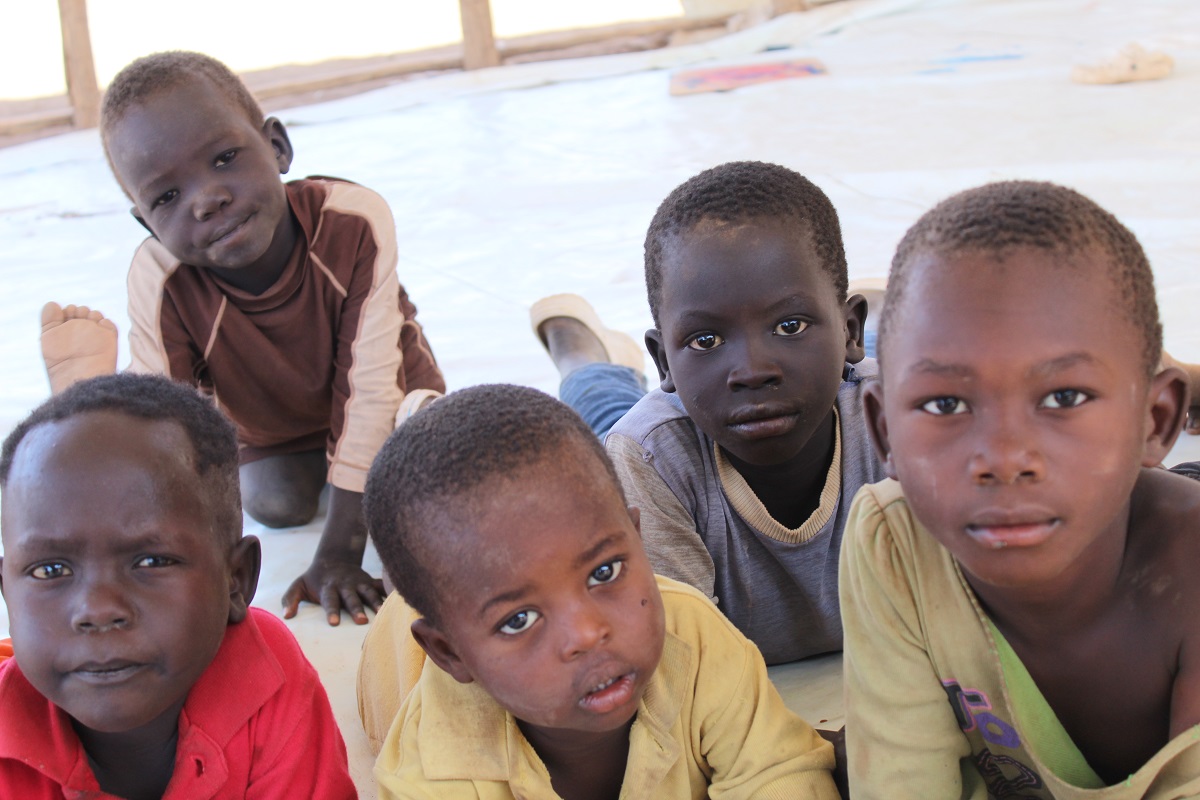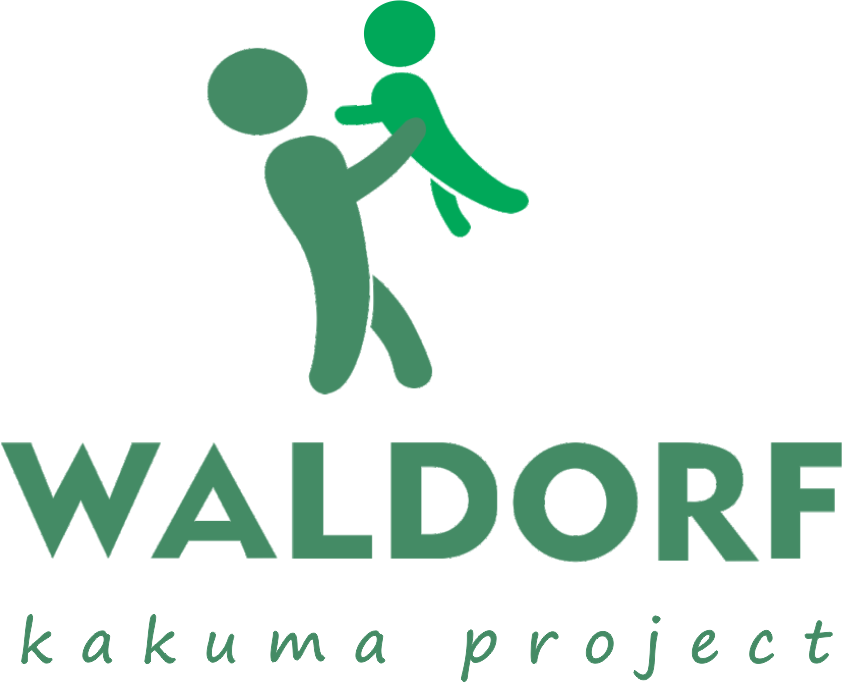
Waldorf education was developed in Europe by Rudolf Steiner in 1919, who was a great visionary, educator and scientist.

Steiner questioned the senselessness of second world war and the need for new social forms. He concluded that to meet the needs of the future, individuals needed to be educated differently. He initiated the opening of the first Steiner/Waldorf school, through the sponsorship of Emil Molt (owner of the Waldorf factory – hence the use of the alternative name) in 1919. This school was for the children of the factory workers, was co-educational and the tuition was free.
He was adept at observing the developing child. His goal in education was to nurture artistically, spiritually and intellectually the highest potential in each child. The curriculum, style of teaching and incorporation of the arts into each subject are the things that set Waldorf education apart.
Waldorf Education, is an educational philosophy that emphasizes the “child-centered” philosophies of the Progressives. Rudolf Steiner, the founder of the first Waldorf School in Germany, believed that all children should be given “individualized” attention rather than just those with special needs. In Waldorf Education, the learning process is essentially threefold, engaging head, heart, and hands—or thinking, feeling, and doing.
On September 19, 2019, Waldorf education proudly marked its 100th anniversary.
CURRENT waldorf institutes
Today there are over 1300 Steiner/Waldorf Schools and 2000 early childhood centres in over 60 countries. Steiner schools meet the policy requirements of diverse educational authorities of their respective countries. In each country, the curriculum is adapted to the particular culture and context, evolving in response to changing times within a methodology which reflects a consistent picture of child development.
The Waldorf philosophy is the basis of the work of the Waldorf Kakuma Project. Our key priority area of work is education. The importance of ECD as a necessary and central component of global and national development has been recognized by the international community through the inclusion of a dedicated target within the Sustainable Development Goals (SDGs). Target 4.2 specifically calls upon countries to “Ensure that, by 2030, all girls and boys have access to quality early childhood development, care and preprimary education so that they are ready for primary education
EMERGENCY WALDORF EDUCATION INTERVENTIONS WORLDWIDE
From 2006 to 2014, a total of 25 emergency pedagogical crises interventions and numerous further after care missions could be conducted worldwide in war and catastrophe regions.
Currently, there is an education emergency forum registered in Germany through the Freunde in the name of Pedagogy without Borders of which the Waldorf Kakuma Project is a part of and has been responding to children in crises within Kenya and out of Kenya
Emergency pedagogic interventions for children are addressed through working with psychologically traumatized children and adolescents in war zones and disaster areas. Emergency pedagogy helps stabilize affected individuals psychologically and socially. This is done by supporting them in their efforts to process the traumatizing events, and thereby integrate them into their own biography. Through the activation of the body‘s self-healing powers, possible long-term post-traumatic stress disorders can be minimized or avoided altogether. Our emergency pedagogic interventions are based on conceptions of Waldorf education and closely related therapeutic instruments.
During emergency pedagogy crisis interventions, professionals from pedagogical, therapeutic, and medical professions contribute their skills on a volunteer basis. The three focal points of emergency pedagogy are:
- The work with traumatised children and adolescent
The focus of emergency pedagogy crisis interventions is the psycho-social stabilisation of traumatised children and adolescents. At every mission a rhythmitised, structured daily routine is introduced. In structured play times, in free play, and in periods of creative-artistic design the self-healing powers are set free and activated.
- Multiplier Training (Capacity Building)
The cooperation with local professionals includes theoretical and practical elements. On the theoretical level local colleagues are introduced to traumatology and emergency pedagogy. The training units are supplemented with theoretical and practical methods for conveying knowledge.
- Parent Advising
In order to establish sustainable emergency pedagogy interventions, it is important to include parents in the work and at the same time to support them in dealing with trauma related changes in their children’s behaviour.
